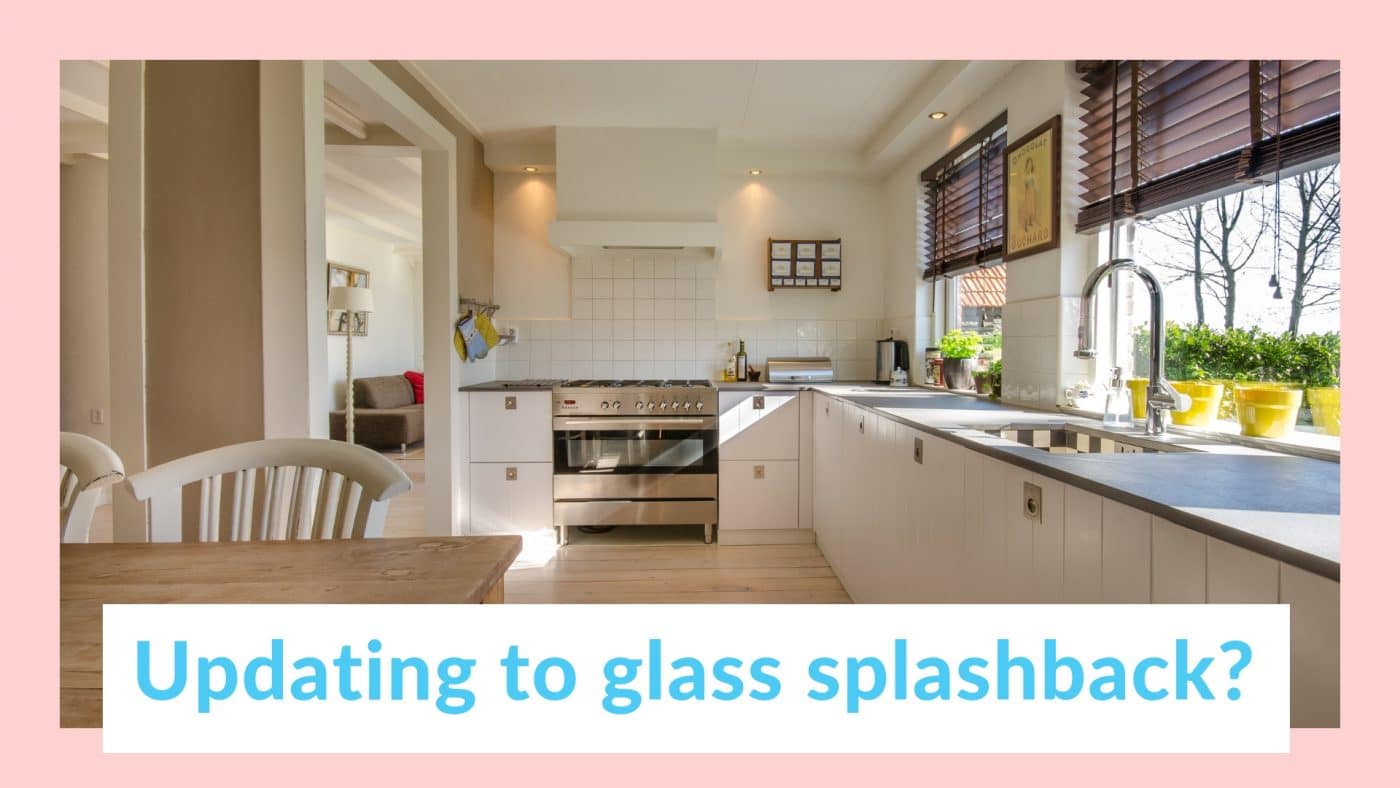No products in the cart.
Residential, Splashback
Materials Used for Kitchen Splashbacks
Protecting the walls of our kitchen and bathrooms is done easier with the use of splashbacks. This is a panel that we use to deal with the stains and splashes when we are cooking or using the bathroom. We usually place them behind the sinks or around bathtubs to avoid the formation of mildew and mould caused by the dampness from splashed and spilt water.
In our kitchen, splashback is commonly placed behind the hob and the reason is obvious – you want to protect the walls from heat damage and surface splashes. When we talk about splashbacks, we have our own preferences when it comes to materials. These materials, when creatively designed can improve or enhance the overall feel of your room interior.
When deciding for a splashback, you must take two things into close consideration.
- Define Your Budget
The design you want will not be possible if it does not complement your budget. Since splashbacks add value to your interior design, it is best that it should meet both aesthetics and functionality needs. How much are you willing to spend for my kitchen remodel? Consider also the types of material to be used. Stainless steel and glass are more expensive than other traditional materials available in the market.
- Design
This answers to the question, what kind of look you want to incorporate into your kitchen? Do you want to make it look clean and contemporary or you are opting to a warm and rustic design? The materials you will use will complement the design that you choose.
Kinds of Materials Used For Kitchen Splashbacks
- Stainless Steel
Flat steel sheets can be easily fixed to the walls through the aid of screws and glue. The material is easy to clean, durable, and heat-resistant too. The only downside is that it can develop scratches in the near future.
- Engineered stone
This is a special type of material made from crushed resin and quartz which provides a tough and efficient quality. The stone is resistant to stain and can be cleaned with just a little effort. Coming with a wide variety of colors and large panels, the engineered stone is expensive and requires an expert for the installation process.
- Porcelain and ceramic tiles
This is the common and perhaps the popular option for most splashbacks. They are very affordable and can be installed with such ease. However, they can be exposed to damage and replacing them requires the consideration of same tile and the color of the grout to retain the original color and keep the moisture resistance.
- Granite
Like engineered stone, granite is relatively expensive. Though durable and easy to clean, every piece looks different. Due to this, it requires an effective sealing to avoid staining and penetration of water.
- Marble
Providing luxurious appeal as granite does, marble comes in many options of colors. Same as granite, it also requires strong sealing to prevent staining. In addition, it is not scratch-resistant.
- Glass
Glass splashbacks are one of the top choices in today’s modern kitchens. It adds color and flavor and gives that stunning look of your interior. It also comes with different coloring techniques which complements your kitchen design. They can be used to accommodate fittings like electrical sockets and light switches too. Toughened safety glass provides more durability and scratch-resistance, making it ideal for your kitchen splashbacks.


